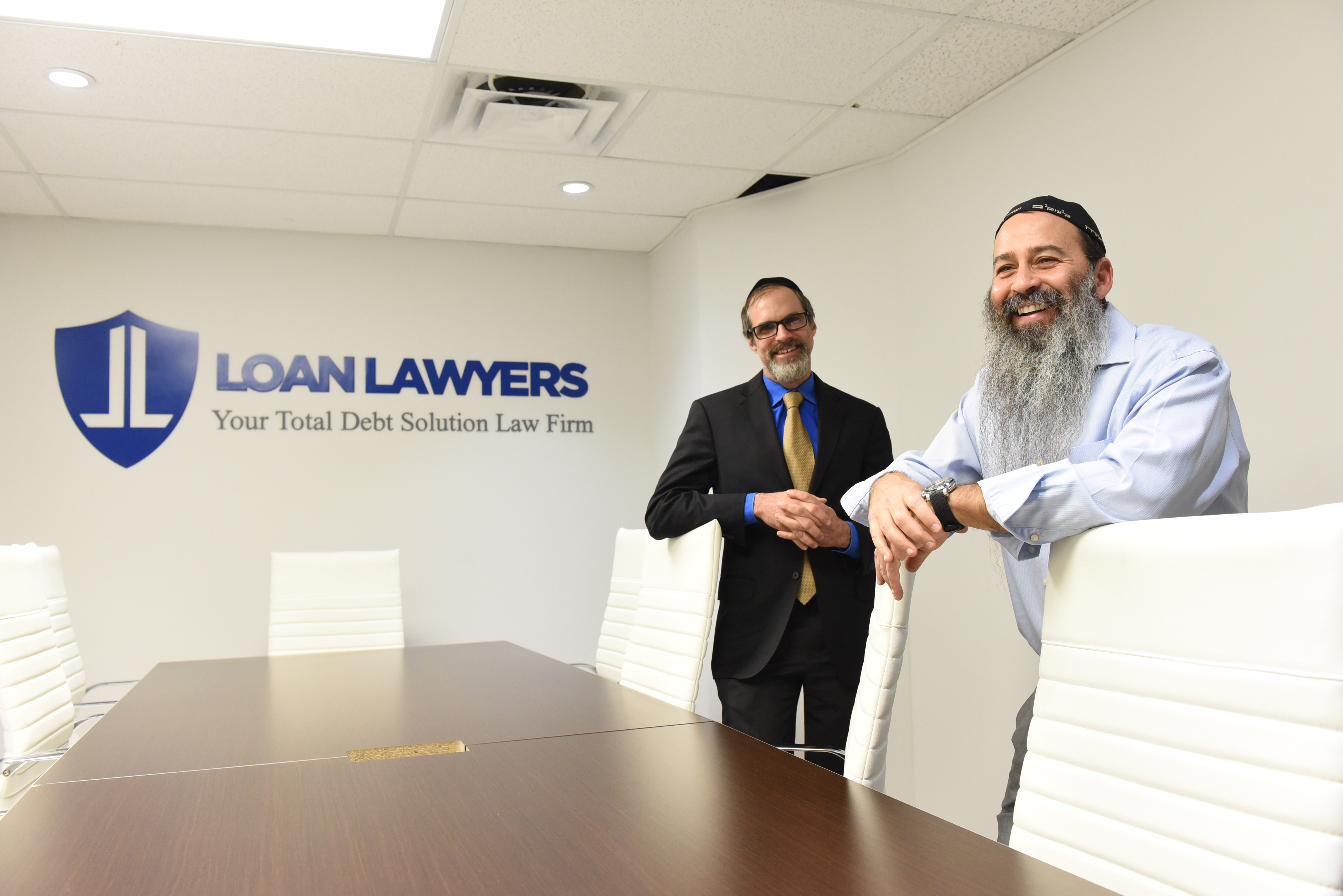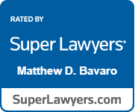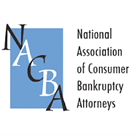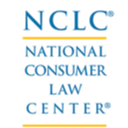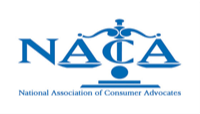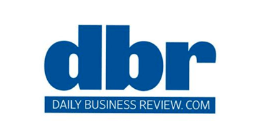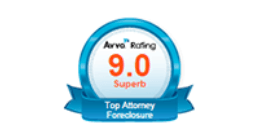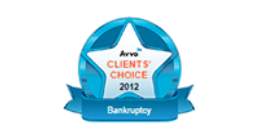
The most commonly filed bankruptcy chapter are chapter 7 and chapter 13, so we will compare these two in this article. Aside from these two chapters, chapter 11 is available for businesses or individuals who do not qualify for chapter 7 or 13; chapter 12 is available for farmers and fishermen.
Income considerations: If your income is less than the median income level, you will likely qualify for chapter 7. If it is above the median, you might still qualify, depending on the household size and certain expenses. You would have to do what is referred to as the Means Test to determine whether you qualify for chapter 7 or not. There is no income requirement in chapter 13.
Asset values: Chapter 7 is a liquidation bankruptcy, which means the bankruptcy trustee may potentially liquidate your nonexempt assets for the benefit of your creditors. This usually does not happen, though, if you know what you are doing. Debtors are entitled to certain exemptions to protect their property. If you have non-exempt assets, chapter 13 might be a better option. In a chapter 13 bankruptcy, you do not lose any property. The non-exempt amount is paid to the trustee for the benefit of the creditors in monthly payments spread out over the 3 or 5-year payment plan.
Debt limitations: There is no debt limit in chapter 7. In chapter 13; however, the unsecured debt (such as credit cards and medical bills) must be less than $394,725 and the secured debt (such as mortgages and car loans) must be less than $1,184,200 (these figures are updated periodically).
Duration: Chapter 7 cases typically last 3 to 4 months whereas Chapter 13 cases generally take 3 or 5 years to complete.
Aside from these basic factors, you would also have to consider your goals to determine which chapter is best for you. For example, if you are in foreclosure, chapter 7 would stop the foreclosure case but it will eventually continue in a few months if you do not catch up on payments, obtain a modification, or otherwise reach an agreement with your lender. In chapter 13; however, you will stop the foreclosure case and within the chapter 13 case, you have the option of applying for a modification and/or catching up on mortgage payments over the course of the bankruptcy. If, for instance, you are $20,000 behind on mortgage payments, you would take the $20,000 and spread it out over the 5-year bankruptcy payment plan, which would be $333 per month (plus the regular monthly mortgage payment, trustee’s fee, and anything else that needs to be included in your bankruptcy payment plan). Similarly, if you owe the IRS or an HOA, you can pay it off in the bankruptcy payment plan. There are other benefits that may be available to you in a chapter 13 bankruptcy which might apply to you as each case is different, such as potentially eliminating a second mortgage or HOA past due amount (if you qualify) or reducing the balance and/or interest rate in a car loan (if you are eligible).
There are pros and cons to each chapter. It is important that you discuss your case and goals with an experienced bankruptcy attorney in your area to determine if you should file bankruptcy, which chapter you are eligible for, and which ones you would benefit most from.
Loan Lawyers has helped over 5,000 South Florida homeowners and consumers with their debt problems, we have saved over 1,800 homes from foreclosure, eliminated $100,000,000 in mortgage principal and consumer debt, and have collected millions of dollars on behalf of our clients due to bank, loan servicer, and debt collector violations, negligence and fraud. Contact us for a free consultation to see how we may be able to help you.
- About the Author
- Latest Posts

